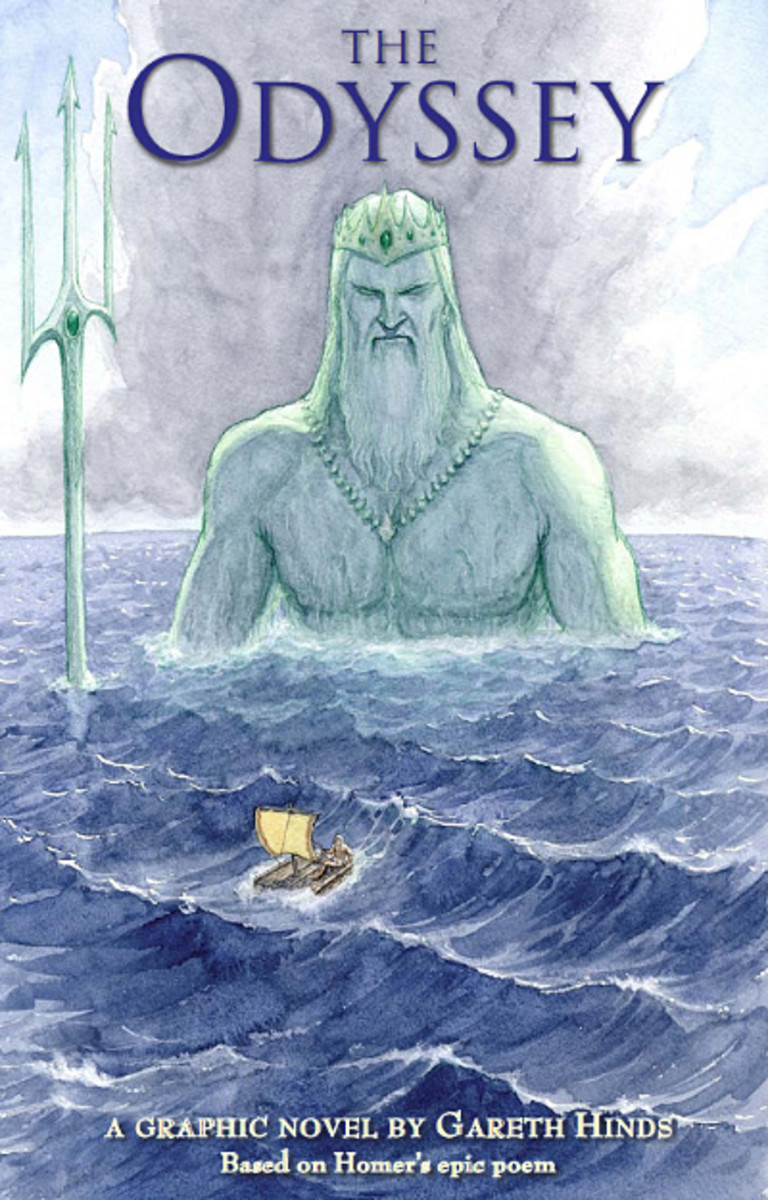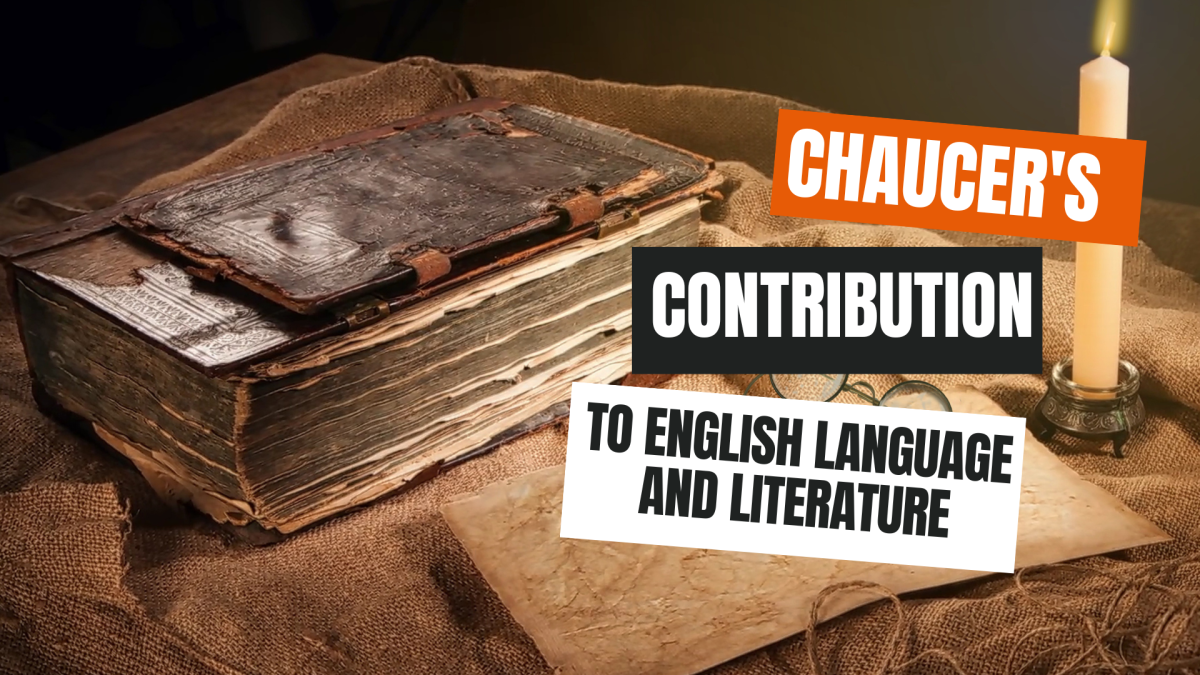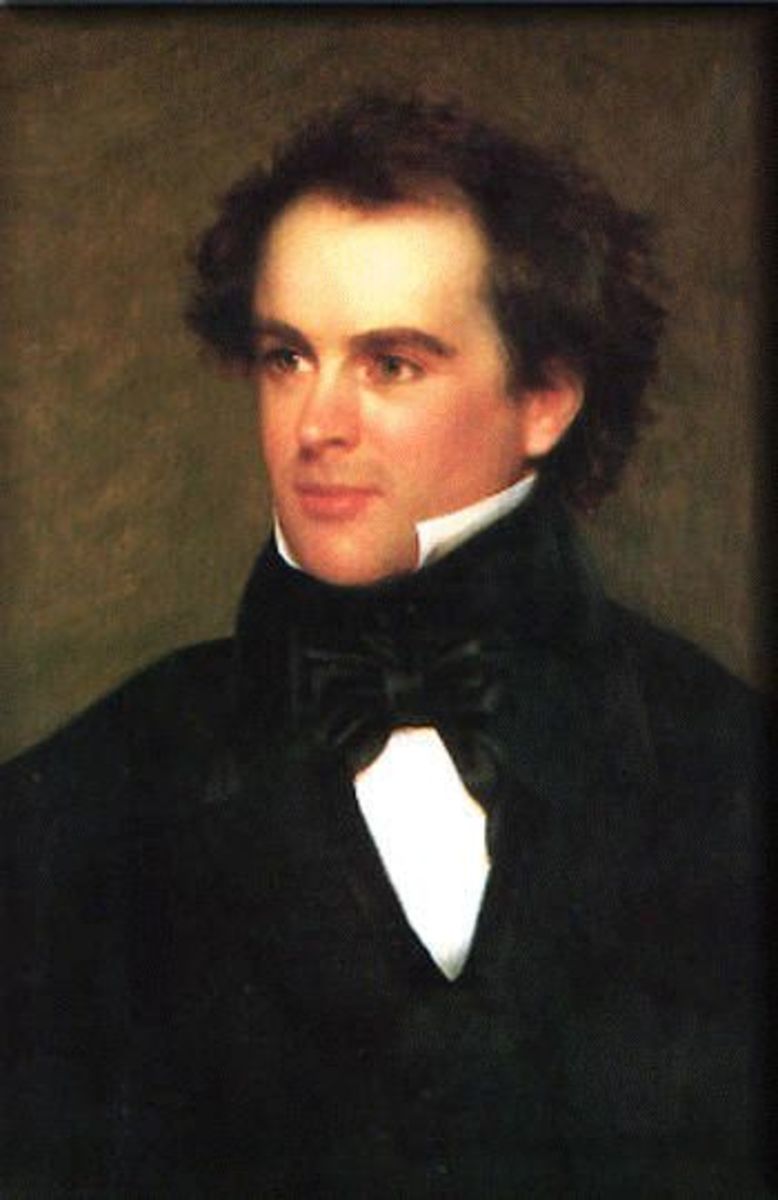Sinclair Lit: Persepolis & Short Story

Pages 3-79
Have you read any other graphic novels? What are your feelings about this format? Why do you think Satrapi chose this format in which to tell her story? How do the images convey the ideas of the text? How does it work as a format for a memoir? Does it strengthen or weaken the impact of the story?
I have never read a graphic novel before; I have always thought them to be somewhat childish. My feelings on the graphic novel format are that the sheer amount of pictures subtracts from the story. I feel that it is easier to understand a regular book because I never have to guess at what each picture may mean. For example, on page ten, Marjane is pretending that she is three different people or is she playing pretend in the garden with friends?
I believe that Marjane Satrapi chose the graphic novel format for this story to force her reader to come up with their own interpretation of the events her novel depicts. The images backup what the words say. One instance of where the images help the reader to picture what the book says is when, “The Police were there. They forbade people to rescue those inside” (Satrapi 14). The pictures show the police in front of the fire with their arms locked together to prevent the people in the movie theater from being rescued. I feel that the graphic novel format weakens the memoir because the pictures make the story seem cartoonish when the reader should be feeling deep revulsion at the atrocities that are being committed. The graphic novel downplays the horror of the events in the book. The graphic novel made the fact that 400 people die in a fire seem like a ghost movie instead of a real event.
Pages 80-153
How would you describe Marji’s response to her teacher’s writing assignment? What was her teacher’s reaction to her report? What does Marji’s friend Pardisse describe in her paper? How does Marji try to console her friend? What is Pardisse’s response? What does Marji learn from this experience?
Marji’s response to her teacher’s writing assignment is that she knows all about the war. Marji wrote about how the war was similar to the one 1400 years ago. The teacher’s reaction was to be unimpressed. The teacher wanted a report about the current war, not the one that happened 1400 years ago on horses. Marji’s friend, Pardisse, writes her report as a letter to her father who died in the war. Pardisse tells her deceased father that she will take care of her mother and little brother. Marji tries to console her friend by saying, “Your father acted like a genuine hero, you should be proud” (Satrapi 86). Pardisse responds, “I wish he were alive and in jail rather than dead and a hero” (Satrapi 86). From her friend’s response Marji learns that just because someone died a hero the event does not affect their family any less. I believe that Marji’s conversation with Pardisse had disillusioned her to the horror of war. Before this conversation I don’t believe that Marji grasped the concept of the effects of war.
Short Story
Why does the father do what he does at the end of the story? Is his action forgivable? Why does the narrator's answer to that question (whether the act is forgivable) apparently change? What do we learn about this father/son relationship?
At the end of the story the father burns his son’s paper because he does not want others to read about his life. I feel that this action is unforgivable; if he did not want his son to write his paper on him then he should never have told his son about his life in the war. The unforgivable part is that he burned the story knowing full well his son would not be able to write a new paper in time to turn in and would fail the assignment.
The narrator changes his answer to the question (whether the act is forgivable) to being that he forgives his father. He changes his answer because he learns to understand his father as a person. He learns that his father “had destroyed himself, yet again, in my name” (Le 1). We learn that the father cares enough about his son to have “destroyed himself, yet again, in my name” (Le 1).








